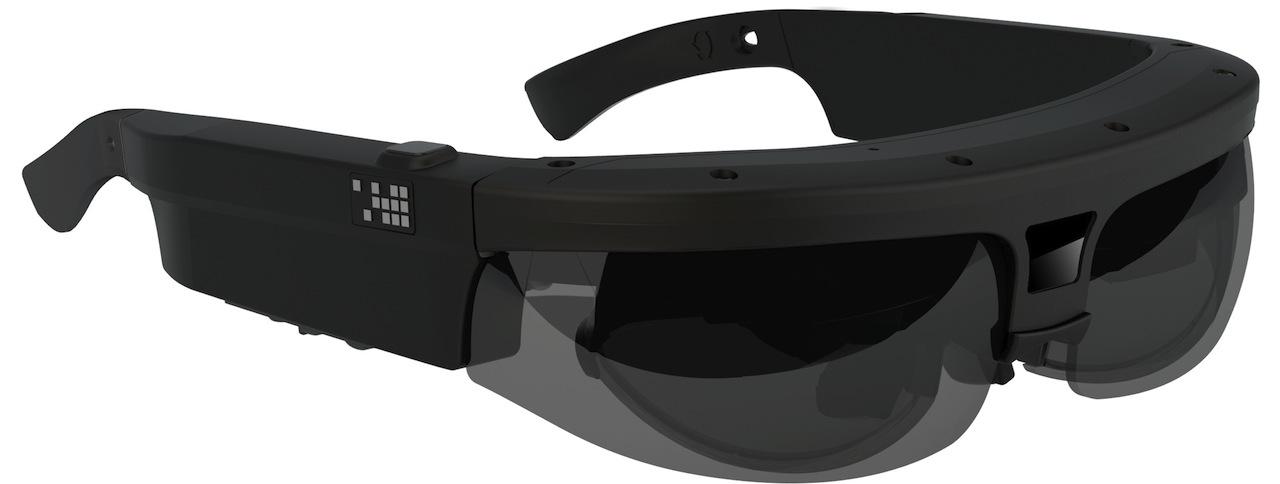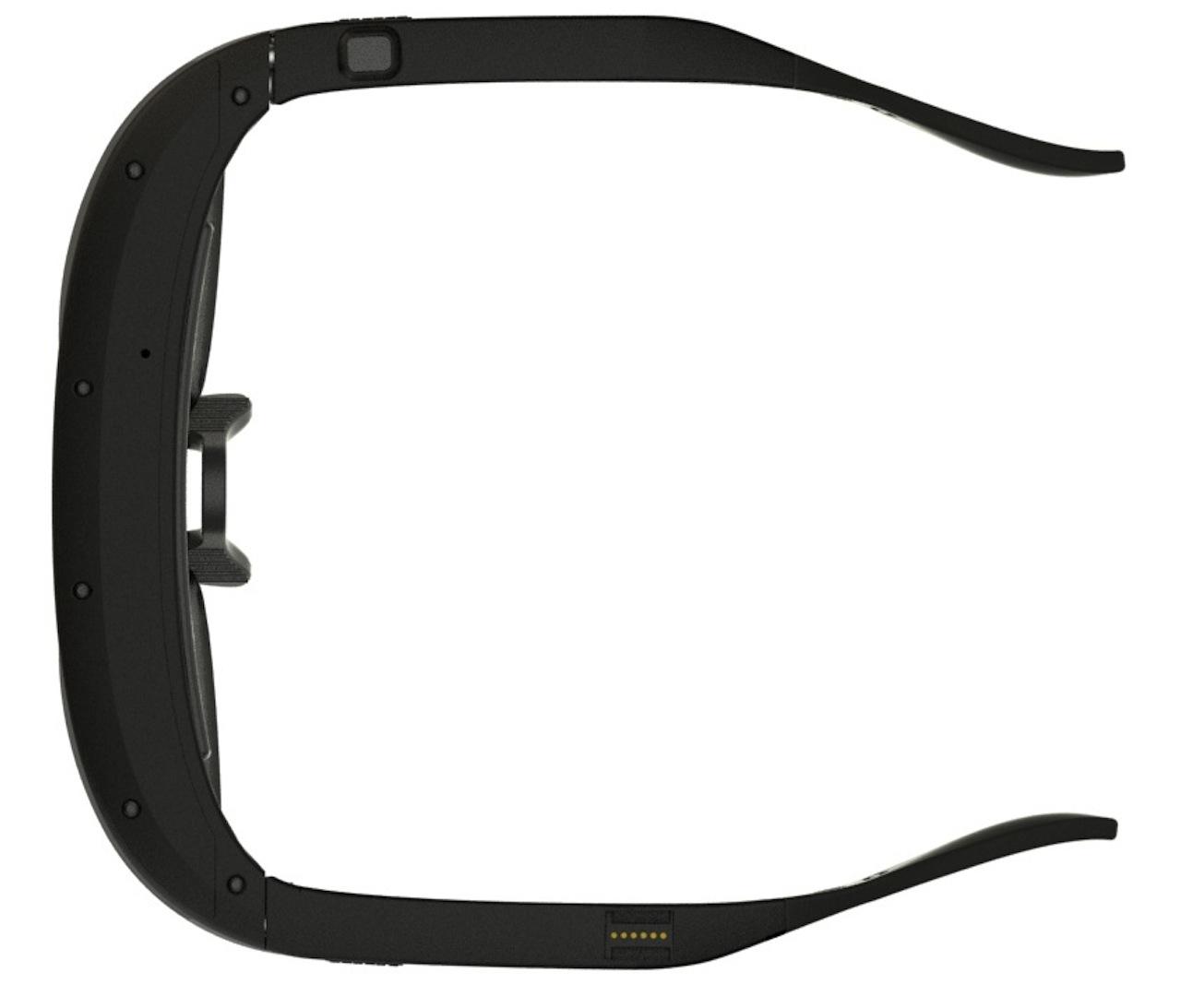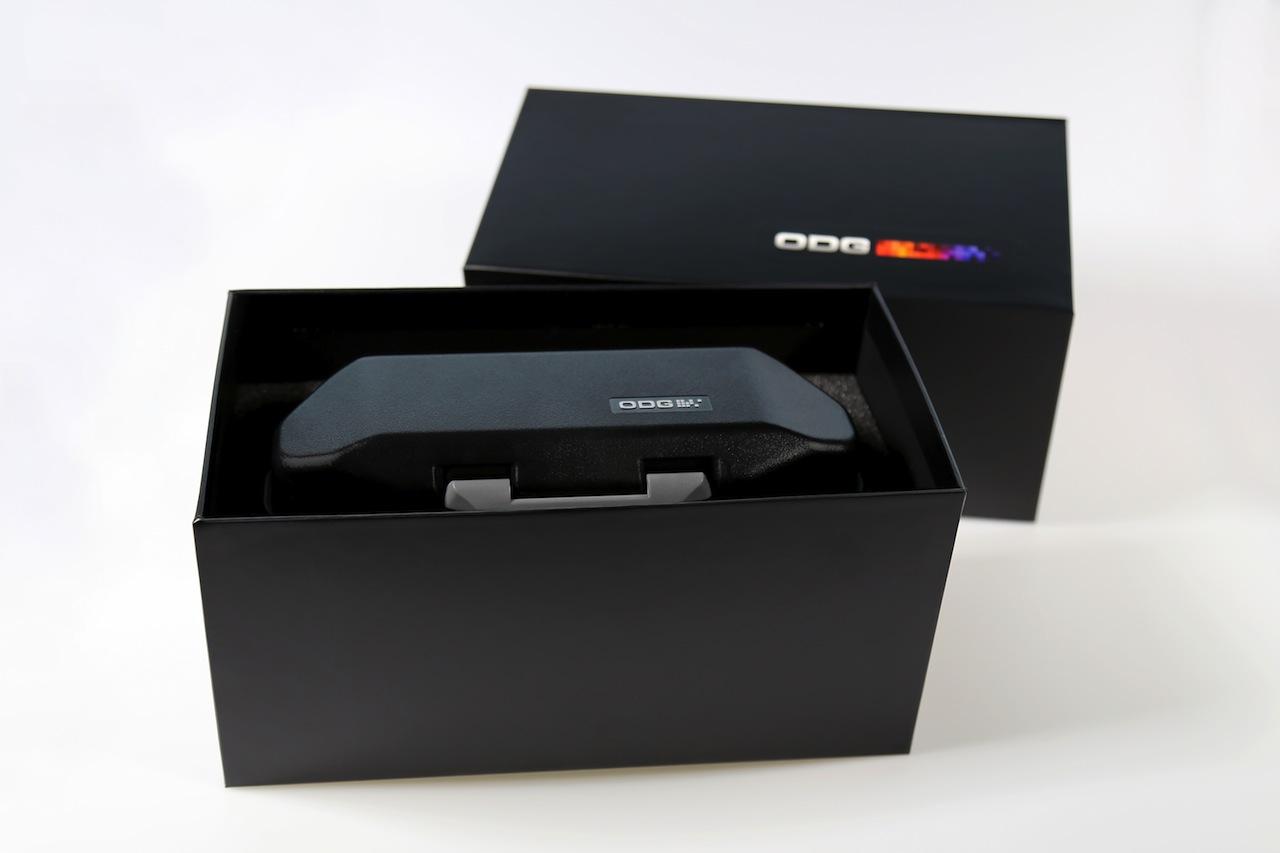ODG Smart Glasses Squeeze AR Into Pseudo-Wayfarers
The tech world won't be content until we're wearing our computers and phones on our face, and Osterhout Design Group thinks it has the answer with its vaguely-Wayfarer-styled Smart Glasses headset. The consumer version of the ODG R-6 family of wearables, the 125g sunglasses support Qualcomm's Vuforia augmented reality system, overlaying 3D graphics on top of a view of the real-world, and offering a mixture of video playback, 3D gaming, navigation directly in your line-of-sight, and even a virtual workspace. None of that comes especially cheap, however, with ODG aiming high for when the Smart Glasses launch sometime this year.
In fact, Osterhout's target prices are somewhere "below $1,000" according to the company, which to us sounds a whole lot like $999.
Still, you get a fair amount of technology for your cash. Hardware and functionality are in line with the ODG R-7 glasses, announced back in September last year and now renamed the R-6Q.
That means a Qualcomm 2.7GHz quadcore processor with 4GB of memory and up to 128GB of storage, running a modified version of Android (KitKat) dubbed ReticleOS. On the input side, there's a 720p camera mounted centrally, shooting at 100fps, along with 3-axis accelerometers, gyroscopes, and magnetometers, a pressure sensor, and a humidity sensor.
ODG R-6 Gallery
Connectivity includes WiFi 802.11ac, Bluetooth 4.0, and GPS/GLONASS, and the whole thing runs self-contained – meaning no tethered processing pack on your belt – from a 1,400 mAh battery. Charging uses a magnetically-attached USB connector.
The displays, meanwhile, are twin 720p 16:9 panels, also offering 100fps refresh rates. Since they're transparent, you can see the real world beyond them, allowing for augmented and virtual reality applications. Those will be powered with Qualcomm's Vuforia SDK for Digital Eyewear, itself announced last year.
As for the styling, Osterhout may be pushing it somewhat by comparing the Smart Glasses to a classic pair of Wayfarers, but then again similar products already shipping, like Meta's first headset, aren't exactly the pinnacle of discrete design.
Exactly how well the ODG Smart Glasses work – and whether they might be worth that premium price-tag – will have to wait until we can try them out at CES 2015 next week.





